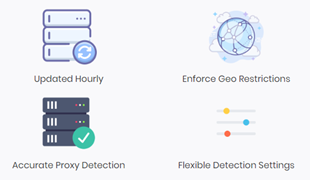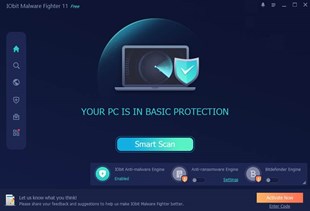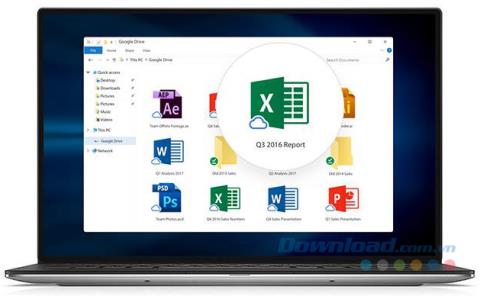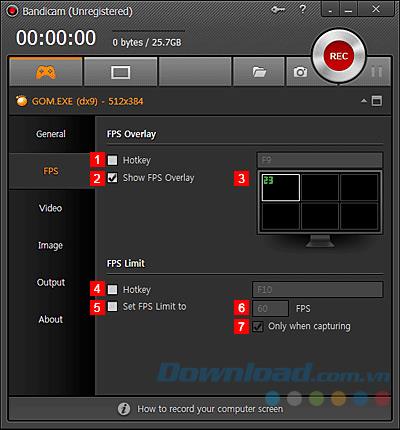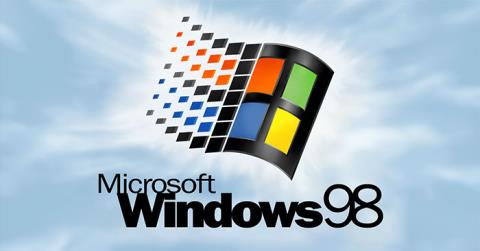Have you ever heard of the term NKRO or 6KRO? Did you hear a friend who is into computer games, talking about his or her brand new 10-key rollover keyboard? Have you wondered what that means and whether it is an important aspect to consider when buying a new keyboard? If you want to know more about this subject, you should read this article, in which we explain what NKRO is and why it is important for it to be implemented on your keyboard:
Contents
- What does NKRO mean? The definition!
- How many simultaneously pressed keys are correctly registered by your NKRO keyboard?
- Which are the most common NKRO implementations?
- What is key ghosting?
- What is key jamming, otherwise known as key anti-ghosting or key blocking?
- Do you need an NKRO keyboard?
- How to test whether your keyboard has NKRO?
- Do you use an NKRO keyboard?
What does NKRO mean? The definition!
Usually, only one key is pressed on a keyboard at a time. However, in some situations, more than just one key can be pushed at the same time. For instance, if you are a gamer, you might have to press two, three, or even more keys at the same time, because your character must run and shoot at the same time, or maybe you have to cast a few different spells concurrently. Also, if you are a fast typist, you might often find yourself already pushing a second key on your keyboard, while a previous one is still pressed.

NKRO, keyboard, 6KRO
This is where NKRO comes into play. NKRO is an acronym for N-Key RollOver and refers to the ability of a keyboard to correctly identify and register all the keys that are simultaneously pressed on it. If you have an NKRO keyboard, you can press as many keys as you want on it, simultaneously, and the keyboard will register each of them correctly.
How many simultaneously pressed keys are correctly registered by your NKRO keyboard?
A keyboard that supports NKRO technology can have the ability to correctly register as few as only two pressed keys at a time, or as many as all the keys on it. Depending on the minimum number of keys that you can simultaneously press on a specific keyboard, you can classify it as a 2-key rollover, 3-key rollover keyboard and so on.
Manufacturers usually advertise the minimum key rollover supported by their keyboards, by changing the N letter from the NKRO acronym, with the actual key rollover values. For instance, a 2-key rollover keyboard is referred to as a 2KRO keyboard; a 3-key rollover keyboard is referred to as a 3KRO keyboard and so on. If the minimum key rollover supported by a keyboard is equal to all the keys on it, we refer to it as being a Full NKRO keyboard.
The answer to the question we asked in the title of this section, is this:
- If your keyboard is rated 2KRO, it should correctly register two keys that are simultaneously pressed
- If your keyboard is rated 3KRO, it should correctly register three keys that are simultaneously pressed
- … and so on, up to NKRO. If your keyboard is rated NKRO, it should be able to accurately register all the keys on it, even if you are pressing all of them simultaneously. That would be impossible to do with your bare hands, wouldn't it?
Which are the most common NKRO implementations?
The most common NKRO implementations today are 6KRO and Full NKRO. 6KRO keyboards are a middle ground between the usually expensive Full NKRO keyboards and the cheap keyboards with lower key rollover. If you are a gamer, statistics have revealed that most games do not benefit from a keyboard with more than 6KRO.
Another reason for that can be common sense: in most games, gamers usually hold one hand on the mouse and the other on the keyboard. If you use all your fingers to press a key on the keyboard, you can press only five keys at a time. So, 6-key rollover should be enough for anyone.
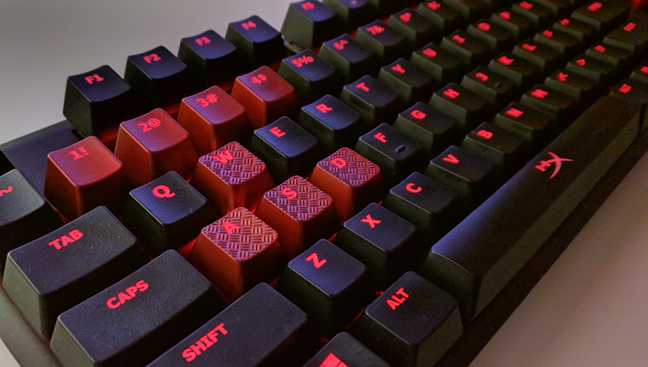
NKRO, keyboard, 6KRO
What is key ghosting?
If your keyboard does not have the required hardware to be able to correctly register all the keys that are pressed at some point, it might register an additional one that has nothing to do with the keys that are pressed. For instance, if you press W, E, and X, the keyboard could also register C. So… you type WEX, but your computer (keyboard) registers WEXC.
This is called ghosting, as the additional key that is registered by the keyboard produces real effects, although it is not actually pressed. It is just like a ghost is near you and presses keys on your keyboard! 🙂
Key ghosting can occur because of multiple reasons:
- It can be a result of a hardware limitation in your keyboard,
- It can be the consequence of software (such as the operating system, an app, or a game) that cannot register multiple keys when they are pressed at the same time, or
- It can appear because of the way information is transferred from the keyboard to your computer
The second and third reasons can be handled by software manufacturers. However, what matters when you buy a keyboard is that its hardware supports anti-ghosting. More on that in the next section of this tutorial.
What is key jamming, otherwise known as key anti-ghosting or key blocking?
Anti-ghosting, key jamming, or key blocking, are terms that all refer to the same thing: a feature that allows the keyboard to stop registering additional keys when its key rollover limit has been reached. That means that the keyboard blocks key ghosting.
It is worth noting that most modern keyboards have this feature, so ghosting is more of a thing of the past. That is unless you are using a cheap keyboard, and in that case, you might see ghosting effects on it.
Do you need an NKRO keyboard?
As you know by now, NKRO is a feature that is good to have on your keyboard. It makes sure that all the keys you press are registered correctly on your keyboard and that no unwanted ones are. However, in real-life, we believe that you only need keyboards that have 6KRO, or 6-key rollover. It is hard to imagine any app in which you would have to press six different keys simultaneously. At most, if you are a hardcore gamer, maybe you could benefit from using a keyboard with 10KRO (10-key rollover), which would practically cover any scenario in which you would have to press ten different keys on your keyboard, at the same time. The only games or apps that could require you something close to that would probably have to be about playing an instrument, such as Guitar Hero.
On the other hand, working with a keyboard that supports less than 6KRO has its drawbacks. You can never be sure that all the keys you press are registered correctly by your favorite game. You also cannot be sure whether the skipped letters in your words or the typos you make, are your fault or they are your keyboard's fault.
The conclusion we wanted to get to is that, if you want a good typing or gaming experience, it is best that you get yourself a 6KRO keyboard. Full NKRO keyboards tend to have a higher price, and keyboards with less than 6KRO cannot offer the same user experience.
How to test whether your keyboard has NKRO?
If you want to test your keyboard to see whether it has NKRO, 6KRO or less, here are a few resources for you to try:
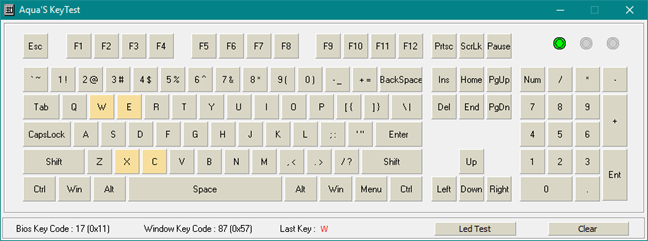
NKRO, keyboard, 6KRO
Do you use an NKRO keyboard?
NKRO keyboards are useful if you are a gamer or a typist. However, if you only do office work or if you are not a particularly fast typist, you can do great with just a 2-key rollover keyboard that has anti-ghosting. Before closing this article, let us know whether you use an NKRO keyboard. What is the type of your NKRO implementation? Comment below and let's discuss.
